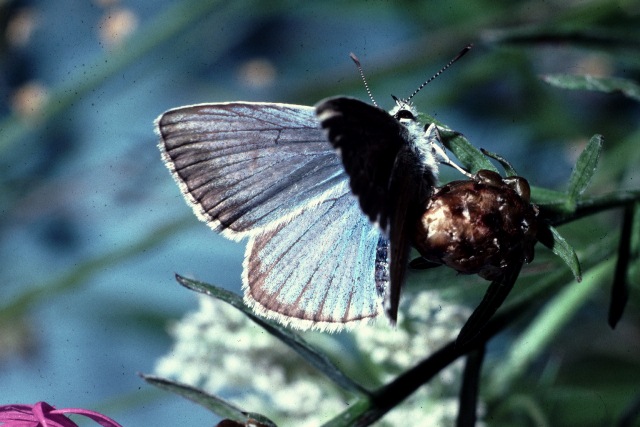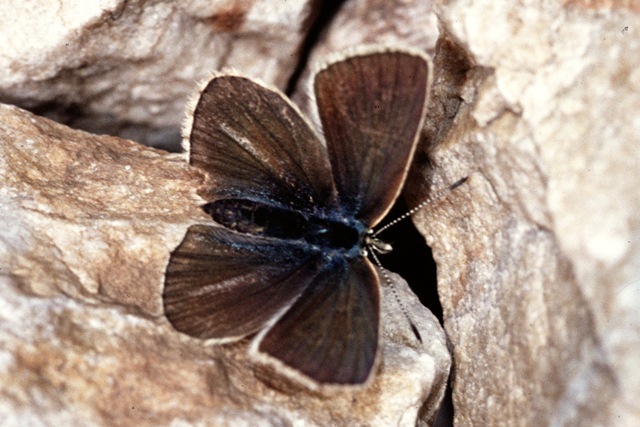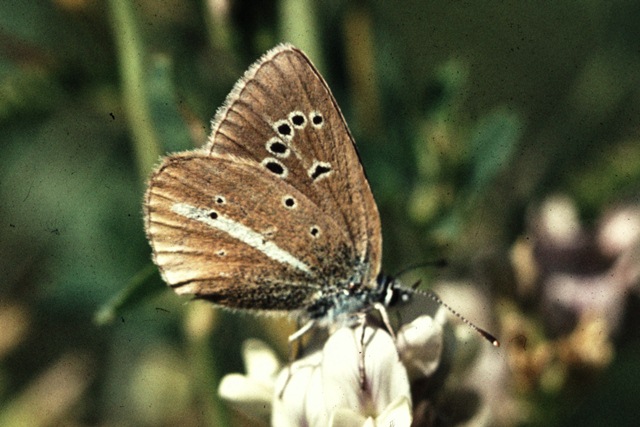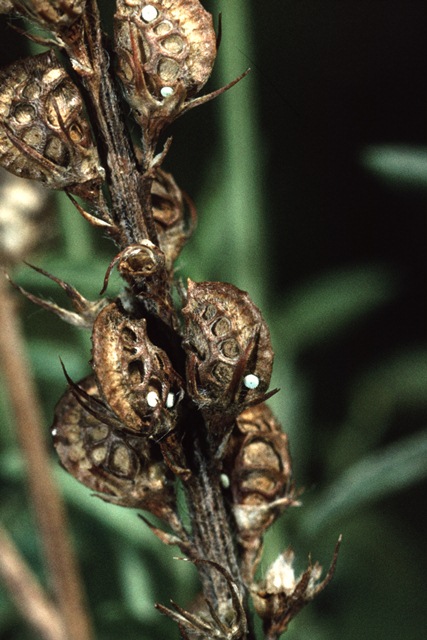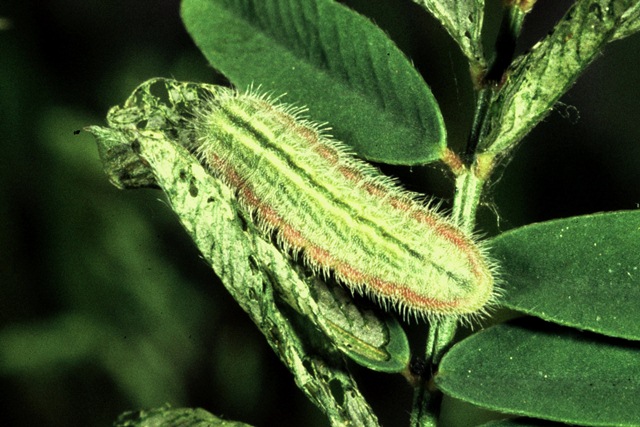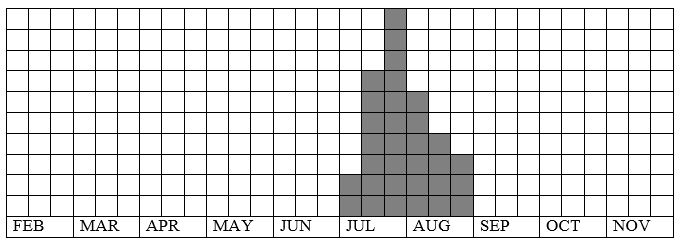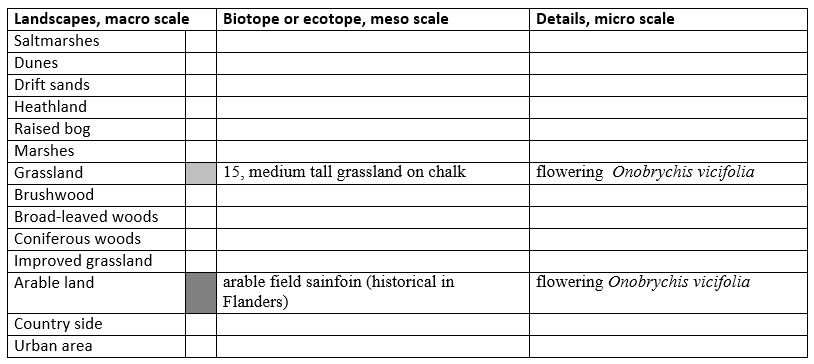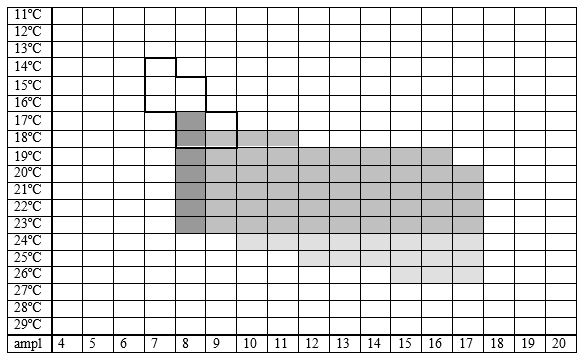| Home
V.V.E. | Dagvlinders | Synopsis | Acknowledgements | Content | General Chapters | Monographs | Appendices | Additions | Sources | Index | |
|
60. Polyommatus damon (Denis & Schiffermüller, 1775) / Damon blue / Lycaenidae – Polyommatinae NL: witstreepblauwtje / D: Grünblauer Bläuling / F: le sablé du sainfoin
Small, wing length 15 (14-16) mm. Extinct. The presence of the species in the Benelux may have been as a result of the traditional agricultural practise of growing sainfoin as a crop. The last specimens were collected in 1944 from a locality near Antwerpen (Maes, Vanreusel & van Dyck 2013: 377). The butterfly is on the wing from early-July until end-August in central Europe, in the southern part until mid-September. It peaks end-July. Required heat sum is 750°d and the maximum tolerated 2000°d, corresponding climate windows are24 and 38 weeks. It is known from sub-continental to continental climates, amplitude 8 to 17. The clover sainfoin was introduced in the sixteenth century in the northern parts of Europe as fodder plant for cattle and for soil improvement and became widespread in grassland on chalk soils. It is not before this agricultural improvement that this oligophagous species could establish itself in central Europe (Ebert et al. 1991 (2): 366-371).Ecological characteristics Behaviour over time Behaviour in space Defence Feeding habits Larval foodplants Journal Table 60-1. Results of dissections Table 60-2. Collection and observation localities D, Pottenstein, 475 m, 49° 47’ 25”N – 11° 25’ 16”E; 23 July 1984. Fig. 60-1. Polyommatus damon, phenogram adapted from Ebert & Rennwald 1991b: 369. Fig. 60-2. Polyommatus damon, habitat characteristics. Fig. 60-3. Polyommatus damon, climate matrix, heat-sums 750 - 2000°d.
|
||||||
|
Contact Werkgroep Dagvlinders: Jurgen Couckuyt |


